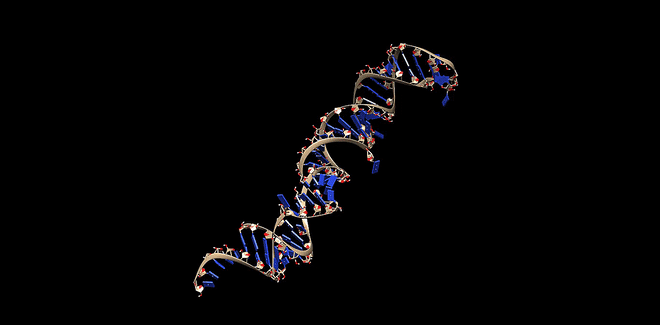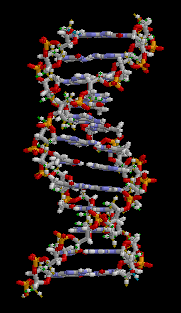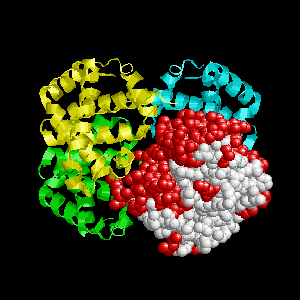What is Life ?
Defining life is a complex and philosophically debated question. Life is a concept that encompasses a wide range of phenomena and characteristics, and there is no single, universally accepted definition. However, scientists and biologists often describe life based on several fundamental characteristics that are typically associated with living organisms. These characteristics include:
Cellular Organization: Life is typically composed of one or more cells. Cells are the basic structural and functional units of living organisms.
Metabolism: Living organisms have the ability to obtain and utilize energy from their environment to carry out chemical reactions and maintain their internal processes.
Homeostasis: Life exhibits a capacity to maintain a stable internal environment, regulating various parameters such as temperature, pH, and nutrient levels.
Growth and Development: Living organisms can grow and develop, undergoing changes in their structure and function over time.
Reproduction: Life involves the ability to reproduce and pass on genetic information to offspring, ensuring the continuity of the species.
Response to Stimuli: Living organisms can respond to their environment, sensing and reacting to changes and stimuli.
Adaptation and Evolution: Life is subject to natural selection and evolution, where populations of organisms can change over time in response to environmental pressures.
Genetic Material: Living organisms store and transmit genetic information, typically in the form of DNA (deoxyribonucleic acid) or RNA (ribonucleic acid).
It's important to note that there are some exceptions and edge cases in the definition of life, such as viruses, which exhibit some life-like characteristics but are not universally considered to be living organisms. Additionally, as we explore the universe, we remain open to the possibility of alternative forms of life that may not fit neatly into the traditional definition based on Earth's biology.







